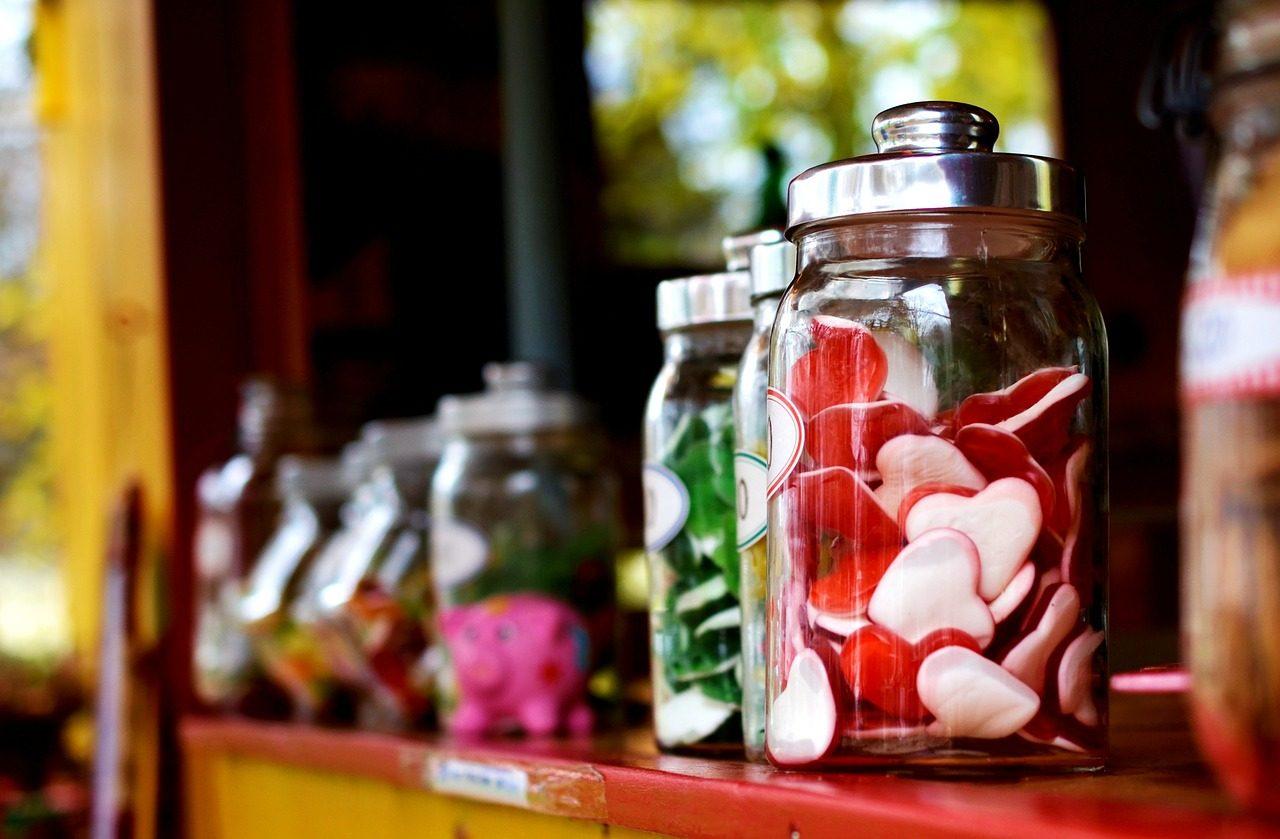
By Jerry Nelson
A piece of candy is a sweet treat, although it adds pounds to the scale, and chocolate, sugar candies and other confections are consumed all around the world.
America is the world's second largest consumer of candy -- spending, on average, over $7 billion each year on sugary treats. That won't help waistlines -- it takes just five fun-sized candy bars for someone to gain a pound in a week -- but it creates many jobs that support a household. In fact, the candy industry employs over 33,000 Americans. (The world's largest consumer? Denmark. The average Dane eats over 35 pounds of candy annually.)
From a health and sustainability perspective, the problem isn't with having a sweet treat now and then. It's with the artificial ingredients found in most mass-produced candy and the quantity that people are eating.
Easter is America's biggest candy season. Obviously, Halloween is a cash machine for confectionery corporations -- the National Confectioner's Association estimates Halloween sales will top $2 billion in 2016 -- and Christmas isn't far behind. Most of that candy is filled with synthetic flavors, fake coloring and hydrogenated oils. That's the bad news.
The good news is that great-tasting substitutes are available. Author Andrea Donsky has some thoughts on the subject, which she shared in her 2011 book, "Unjunk Your Food: Healthy Alternatives."
Creating products made with safer components is just a portion of what being sustainable means. The book has a listing of businesses that create satisfying junk food that leave out the fake ingredients and fats. The work is, basically, about "unjunking" unhealthy food. Everyone likes junk food, but consuming healthier options does not have to suggest never having sweet snacks. The answer is to select food that is minimally concocted or made without unneeded chemicals. The goal? Eliminate artificial components as completely as possible.
Donsky cites three companies as leaders in producing better candy:
Newman's Organics: Founded by the deceased actor Paul Newman, Newman's Own makes a variety of snacks including pretzels, licorice, and popcorn. Started in 1992 as a subsidiary of Newman's Own, Newman's Organics was spun off in 2001. The chocolate is certified natural and Rainforest Alliance.
Marketed by a lengthy list of supermarket chains, the site includes a search engine which enables patrons to find a store near them.
Surf Sweets: Kids love gummy worms and bears. Grown-up kids love them as well. Made by both Surf Sweets and Yummy Earth, the goods can be purchased at Whole Foods as well as online. Each of the company's products is free of fats, GMOs, gluten and artificial flavoring and coloring. Each of the elements in Surf Sweets' products is accredited as natural by the USDA.
Yummy Earth: The company which makes gummy bears with Surf Sweets also offers suckers. Founded by two fathers, each of the creations are created with genuine fruit extracts and organic ingredients.
Image credit: Pixabay
Jerry Nelson is an American freelance writer and photographer covering social justice issues globally. When not traveling, he lives in Buenos Aires with his wife Alejandra and their cat, Tommy. Follow him on Twitter.
TriplePundit has published articles from over 1000 contributors. If you'd like to be a guest author, please get in touch!














